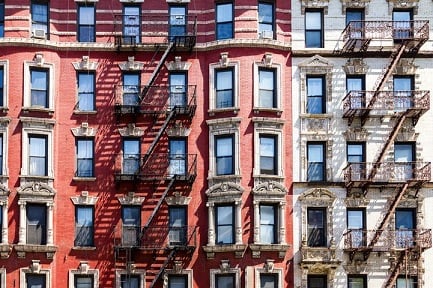

It turns out the case of combustible cladding isn’t isolated, with reports of similar incidents in Dubai and Australia pushing brokers to find out from builders whether properties are made of similar stuff like flammable polyethylene.
The Sulafa Tower in Dubai and Australia’s Docklands Lacrosse are just two other examples of building fires blamed on substandard cladding. It is believed that up to 2,500 buildings in New South Wales could be fitted with the material, according to a report by Insurance & Risk Professional.
“Brokers need to dig deeper and ensure they know what kind of metal. If they say aluminium panels – you need to ask for the brand and provide any specifications, then refer it to the insurer and ask for their guidance – they will consult their risk engineer,” Helen Napier, Queensland regional manager of the NAS/Westcourt network, was quoted as saying.
Meanwhile, The Guardian reported that the material supplied for the Grenfell Tower renovation works between 2014 and 2016 had a flammable polyethylene core despite Studio E Architects’ recommendation in 2012 to install fire-retardant cladding.
According to the report, combustible cladding was used even after the 16 inspections made by Kensington and Chelsea Council during the refurbishment.
“This raises the question of whether the building regulations officers were sufficiently competent and did they know what they were looking at. It also begs a question about what they were actually shown. Was anything concealed from them,” said Labour councillor Judith Blakeman.
Based on current building regulations guidance, the material used in Grenfell Tower’s cladding is considered non-compliant. According to the Department of Communities and Local Government, composite aluminium panel with a polyethylene core should not be used as cladding on buildings above 18m.
Related stories:
Insurance industry advisors had warned about Grenfell cladding guideline inadequacies
Grenfell Tower insurance bill could be Europe’s biggest ever - reports
